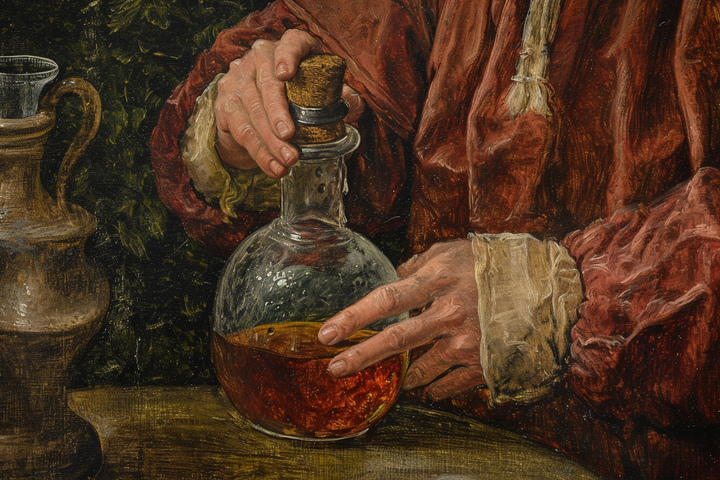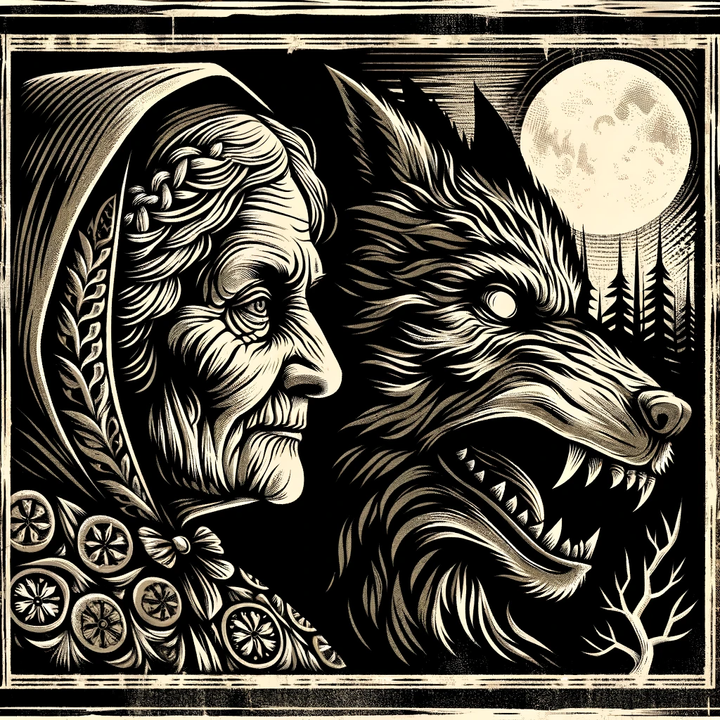The Ancient Belief in the Mar: A Look into Slavic Folklore

Slavic folklore is rich with tales of mystical beings and spirits influencing daily life. One such entity is the "Mar," also known as "Mora," a nocturnal spirit believed to cause various ailments and disturbances during sleep. This article explores the historical and cultural context of the Mar, its manifestations, and the traditional beliefs surrounding it, primarily based on Friedrich S. Krauss's work from 1908.
The Mar's Influence on Health
The Mar is traditionally blamed for a range of symptoms: night sweats, heart palpitations, breathlessness, and swollen glands. People believed these ailments were caused by the oppressive presence of the Mar during the night. Such beliefs are seen across various Slavic regions, from Serbia to Slovenia, where the Mar is also known as "tmora" or "noćnica."
Folkloric Interpretations and Theories
Historically, scholars have attempted to rationalize these beliefs. For instance, A. Hennes theorized that night spirits, including the Mar, were distortions of celestial bodies whose light disturbed sleep. However, this explanation was considered inadequate by Krauss, who differentiated between the Mar's paralyzing influence and the unrelated phenomena of sleepwalking and lunar influence.
Origins and Nature of the Mar
In many Slavic cultures, the Mar is associated with deceased spirits or restless ghosts. Some believe the Mar is the soul of a dead person who has re-entered the world of the living, causing unease and strange behaviors in the possessed individual. This notion is particularly strong among the South Slavs, where the Mar might even be seen as a spirit from another dimension, compelling its host to commit eerie acts.
Manifestations and Local Variations
The Mar's presence and behavior vary across regions. For instance, in Bosnia, a Mar is often a young girl whose mother had a dubious reputation. A child born with a "luck hood" (a special membrane) is also considered a potential Mar. The Mar primarily feeds on human blood rather than milk, a deviation from similar Germanic beliefs.
In Montenegro, "vještica" (witch) is often used interchangeably with Mar, though this connection is more recent. Various protective measures and rituals have been developed to guard against the Mar, including drawing symbols, using garlic, or placing certain objects under the pillow.
Protective Measures and Beliefs
To protect against the Mar, people would use amulets, incantations, and specific rituals. In Bosnia, a popular protective spell involves chanting to bind the Mar's powers and ensure safety during sleep. Additionally, household items like scissors or a birch broom placed by the door were believed to deter the Mar from entering.
Contemporary Significance
Despite modern understandings of sleep disorders and psychological conditions, the belief in the Mar persists in some rural areas. These traditions highlight the cultural importance of folklore in explaining the unexplainable and providing a sense of control over life's mysteries.
Conclusion
The Mar remains a fascinating aspect of Slavic folklore, embodying the human need to rationalize and combat unseen forces that impact health and well-being. Understanding these beliefs gives insight into the cultural fabric of the past and the enduring power of folklore in shaping human experiences.




